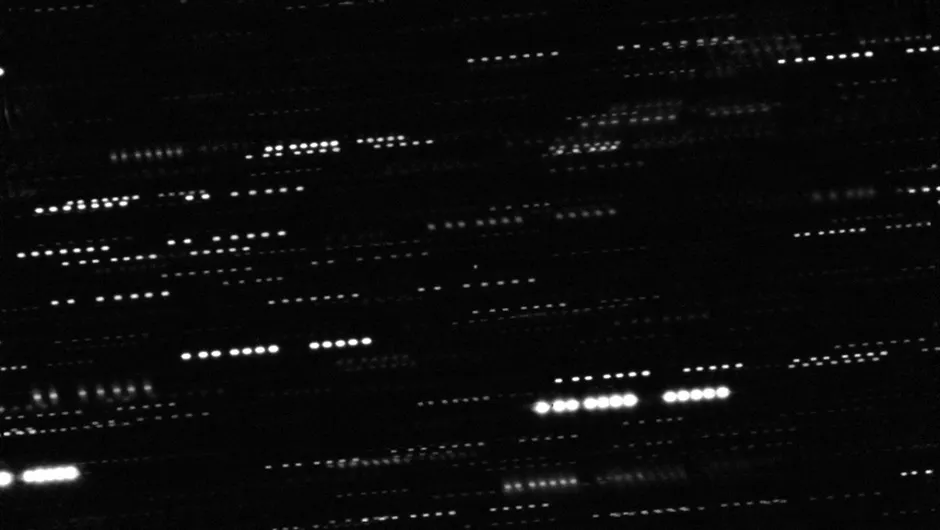Astronomers have discovered an asteroid that entered our Solar System from interstellar space for the first time.The body is an elongated object that may either be rock or high in metal content.
Observations began on 19 October 2017 when the Pan-STARRS 1 telescope in Hawaii detected a faint light in the sky.
Further observations over the subsequent days allowed astronomers to calculate that its orbit began outside the Solar System. It is the first such object to be discovered.
The object has been classified as an interstellar asteroid and named 1I/2017 U1 (`Oumuamua).
Follow-up observations using the FORS instrument on the Very Large Telescope revealed that the asteroid varies in brightness by a factor of ten, as it spins on its axis every 7.3 hours.

Karen Meech, an astronomer at the Institute for Astronomy in the University of Hawaii, says:
“This unusually large variation in brightness means that the object is highly elongated: about ten times as long as it is wide, with a complex, convoluted shape.
“We also found that it has a dark red colour, similar to objects in the outer Solar System, and confirmed that it is completely inert, without the faintest hint of dust around it.”
Observations suggest `Oumuamua is either rocky or with high metal content, that it lacks significant amounts of water or ice, and its surface is dark and reddened as a result of irradiation from cosmic rays over millions of years.
It is thought to be about 400 metres long and travelling about 95,000 kilometres per hour.
`Oumuamua may have been speeding through the Milky Way for hundreds of millions of years before its chance encounter with the Solar System.
“We are continuing to observe this unique object,” says Olivier Hainaut, a member of the study team at the European Southern Observatory, “and we hope to more accurately pin down where it came from and where it is going next on its tour of the galaxy.
And now that we have found the first interstellar rock, we are getting ready for the next ones!”
